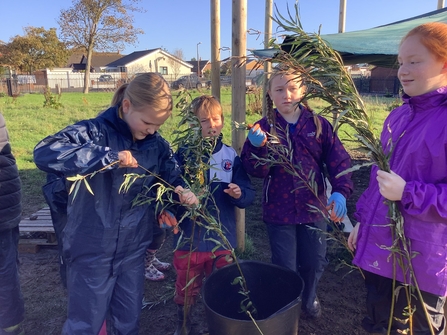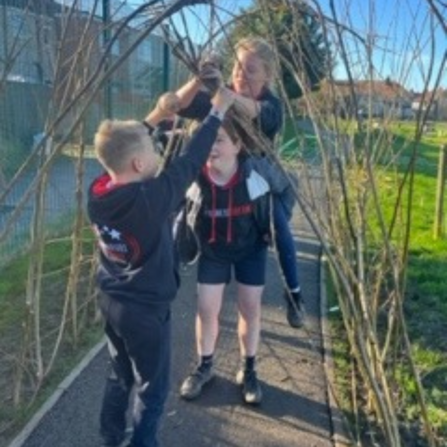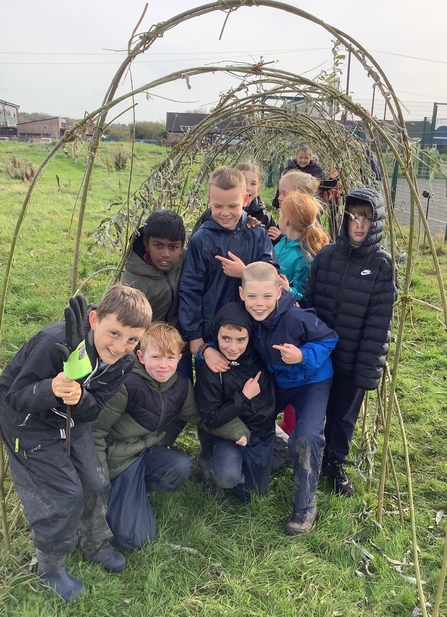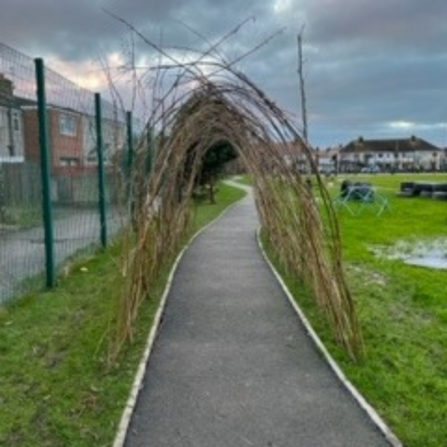Something that is cheap, readily accessible and, with minor maintenance, lasts a lifetime. Sounds good?
But what if, in addition, this material also lowered anxiety and other mental health problems, improved physical health, improved cooperation, developed resilience, problem-solving and other learning skills and had multiple links to learning curricula for both subject knowledge and skills? It sounds too good to be true, doesn’t it? However, recently we have been helping two schools get the benefits of just such a miracle substance.
What can it be?
It’s willow!









